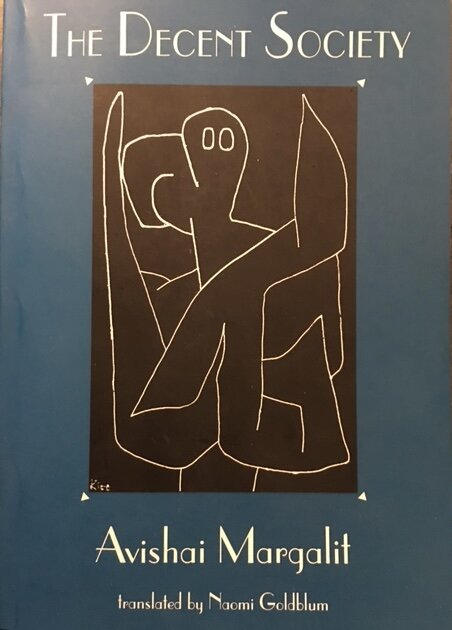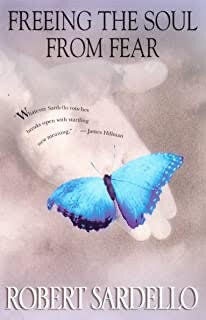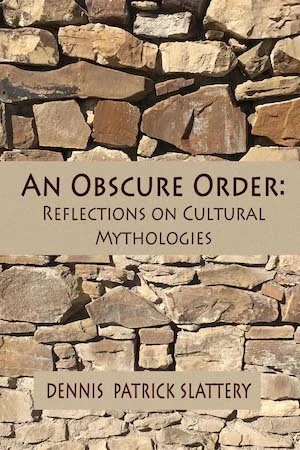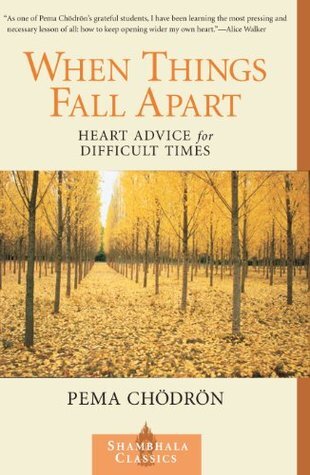Is there something more than conspiracy theories that deny facts and with them, historical reality, loose in our culture today? We have seen the erosion, if not the demeaning, of facts in the past four years, often substituted by theories, hunches, and fantasies riding hard over facts.
I returned to a book I had read 32 years ago to search out why this new phenomenon’s popularity by so many: the physicist and former president of The University of Dallas, Donald Cowan’s profound study, Unbinding Prometheus: Education for the Coming Age (1988) for a historical perspective.
If we allow that a myth, personal or collective, consists of a world view, understood as a mixture of values, beliefs, opinions, thoughts, feelings, ideas, that give our lives both coherence and meaning, then myths are organic entities that have a fluidity about them and can change, migrate and even be replaced by new revisions and editions of what we believe. Our myths are the stories we tell ourselves in order to support a particular way of processing what we loosely call Reality. I offer this short description to introduce what Cowan considers “the myth of fact,” which he suggested then is “the prevailing myth of the modern age.”
This myth had a long run in the imagination of the West, lasting, he claims, about 400 years. Its foundation was a “rational structure erected on facts,” and gave authority to facts over opinions, beliefs, hunches and intuitions about what was true. He is clearer about its dynamics when he writes: “a fact, we should remember, is a phenomenon taken as truth—a communal event, not a subjective awareness or an article of faith.” With the rise and acceptance of this myth, the world that could be observed, its phenomenal reality verifiable, “assumed a reality not subject to bias.”
The power and authority of facts were engendered by their capacity to measure, at times predict, what might be based squarely on what is. “Measurement was its instrument,” Cowan writes, and in time this quality became more accurate and precise. Science itself became the new benchmark for understanding the world through its ability to measure it. It became the go-to mythology to settle what is most approximate to truth.
At one point in history, the assumption was that the myth of fact would remain in authority for an unlimited period of time. And it has, up to the current moment in history; no longer are we communally able to believe in its old authority, when “even in crisis we do give authority over to facts beyond their immediate demands.” No one political, economic or religious group engendered this move away from fact and towards more outlandish fantasies; the erosion of facts began, Cowan reveals, with the development of Theoretical Physics, including The Uncertainty Principle (1927) the Theory of Relativity (1905) and other new beliefs that showed that the world was not able to be understood in all its multiplicity and mystery by facts alone.
Why is this worth understanding? Because the erosion of the myth of fact did not originate with the last administration sowing discord through fabrications of the real. Or the current sideways thinking that populates the conspiracy matrix today, although it encouraged such aberrations. Myths by their nature, seem not to show their shifting tectonic plates until an earthquake, big or small, rises to the surface to shake us all from our moorings, pleasing some and panicking others.
We are now nationally and globally between myths that will continue to effect the entire species. What do the pandemics of viruses and pandemics of thought and beliefs have to teach us today? I believe that the new myth can be seen in the folds and creases of both of these, as well as in the powerful movements towards a more just world. Watch these events for the new myth to emerge, perhaps the Myth of a More Just Equilibrium.

















